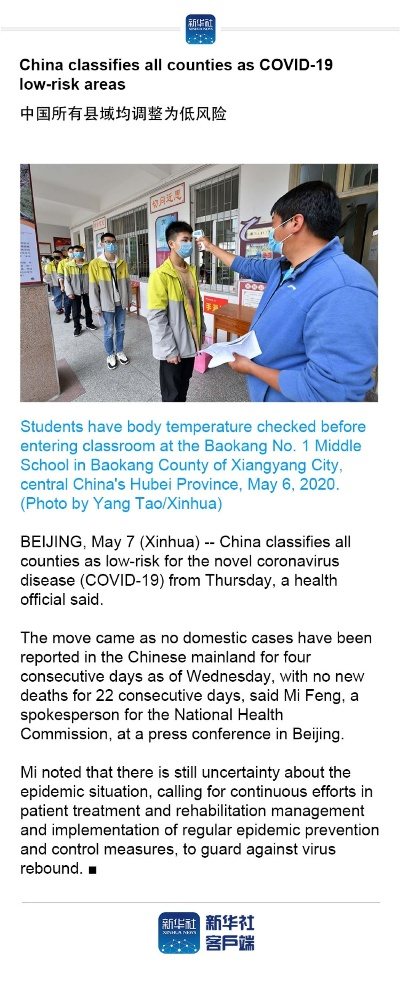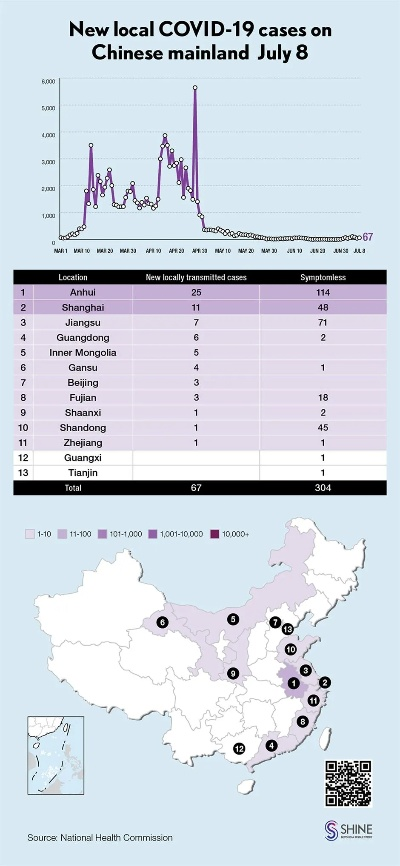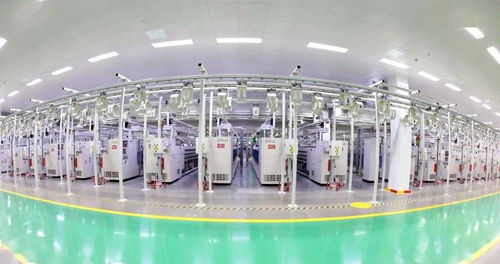The Global Impact of COVID-19 on Domestic Textile Factories in China
: The Global Impact of COVID-19 on Domestic Textile Factories in China,Abstract:,The COVID-19 pandemic has had a profound impact on domestic textile factories in China, affecting production, supply chains, and global trade. This paper explores the various challenges faced by these factories, including reduced demand due to travel restrictions, disruptions in supply chains, and increased costs associated with lockdowns and quarantine measures. It also discusses the efforts made by Chinese manufacturers to adapt to new business models and technological advancements, such as e-commerce platforms and automation technologies. Additionally, the study analyzes the potential long-term effects of the pandemic on the domestic textile industry, including changes in consumer behavior and shifts in market demands. Overall, the paper highlights the importance of understanding the complex interplay between domestic and global factors in shaping the future of the textile industry in China.
Introduction: The outbreak of COVID-19 has not only brought significant changes to the global economy but also impacted various industries worldwide. Among them, the textile industry, which is one of China's most important sectors, has been hit particularly hard. This essay will discuss the challenges faced by domestic textile factories due to the pandemic and provide some insights into how they are coping with these difficulties.

Challenges Faced by Domestic Textile Factories:
-
Production Slowdown: Due to social distancing measures and travel restrictions, many textile factories have experienced a significant decrease in production. According to data from the National Bureau of Statistics, the output value of textile industries in China fell by 13.5% in March compared to the same period last year.
-
Supply Chain Interruptions: The pandemic has led to disruptions in global supply chains, making it difficult for domestic textile factories to access raw materials and components. For example, some factories in Vietnam and Indonesia have reported delays in receiving shipments of cotton and polyester yarn, respectively.
-
Export Restrictions: Many countries have imposed import restrictions on Chinese textile products due to concerns about the spread of the virus. As a result, domestic textile factories have faced reduced sales volumes and lower prices for their products.
-
Labor Shortages: With the closure of factories and businesses, there has been a significant shortage of workers in the textile industry. This has led to higher wages and longer working hours for those who remain employed, further exacerbating the already challenging situation for factories.
Coping Strategies:
-
Remote Work: Many domestic textile factories have adopted remote work arrangements to minimize the risk of infection during the pandemic. This has allowed employees to continue working from home while still maintaining productivity.
-
Supplier Collaboration: To overcome the supply chain disruptions caused by the pandemic, some factories have started collaborating with suppliers outside China. For example, some factories in Vietnam have begun purchasing raw materials directly from local suppliers instead of relying on international shipping.
-
Diversification: In response to the decline in demand for traditional textile products, some factories have diversified their product lines to include new types of fabrics and accessories. This has helped them maintain market share and revenue during the downturn.
-
Cost Control: To cope with labor shortages and rising wages, some factories have implemented cost control measures such as reducing production capacity or cutting back on non-essential expenses.
Case Study: One example of a successful coping strategy is the Xinjiang Textile Group, a domestic textile factory based in Xinjiang, China. Despite facing numerous challenges during the pandemic, this company has managed to maintain its production and sales through the following measures:
-
Remote Work: The group has implemented a remote work policy for all employees, allowing them to continue working from home while still maintaining productivity.

-
Collaboration with Suppliers: The group has established close relationships with local suppliers in Xinjiang, allowing them to purchase raw materials directly from local suppliers instead of relying on international shipping.
-
Diversification: The group has expanded its product line to include new types of fabrics and accessories, catering to the needs of different customers.
-
Cost Control: The group has implemented cost control measures such as reducing production capacity or cutting back on non-essential expenses, helping it maintain profitability during the downturn.
Conclusion: The COVID-19 pandemic has had a profound impact on the domestic textile industry in China, causing production slowdowns, supply chain interruptions, export restrictions, and labor shortages. However, many factories have adopted effective coping strategies, such as remote work, collaboration with suppliers, diversification, and cost control, to overcome these difficulties. By staying innovative and adaptable, domestic textile factories can continue to thrive in the face of global challenges.
背景介绍
国内纺织厂面临着一场突如其来的疫情挑战,疫情给生产带来了诸多不利影响,包括原材料供应中断、订单减少、员工健康与安全风险增加等,为了应对这一挑战,纺织厂需要制定有效的生产与应对策略。
疫情对纺织厂的影响
-
原材料供应受阻 疫情导致原材料采购受到严重影响,部分地区出现交通管制、物流受阻等问题,导致原材料供应不足或延迟。
-
订单减少 由于市场需求变化,部分订单受到一定影响,导致生产计划调整或暂停。
-
员工健康与安全风险增加 疫情期间,员工健康与安全问题受到高度重视,需要采取更加严格的防疫措施。
生产与应对策略

-
调整生产计划 纺织厂需要密切关注市场变化和客户需求,及时调整生产计划,确保生产满足市场需求,加强生产过程中的质量控制和安全管理,确保产品质量和安全。
-
加强供应链管理 纺织厂需要加强与供应商的沟通与合作,确保原材料供应稳定可靠,加强供应链风险管理,提前做好备选方案,应对突发事件。
-
强化防疫措施 纺织厂需要加强员工健康与安全宣传教育,提高员工防疫意识,加强防疫设施建设,提高防疫水平,对于疫情期间出现的特殊情况,如员工隔离、物流受限等,纺织厂需要制定相应的应对措施。
案例说明
以某国内纺织厂为例,该厂在疫情期间采取了以下应对策略:
-
生产计划调整 该纺织厂密切关注市场需求变化和客户订单调整情况,及时调整生产计划,加强生产过程中的质量控制和安全管理,确保产品质量和安全,该厂还积极与供应商沟通合作,确保原材料供应稳定可靠。
-
强化供应链管理 该纺织厂加强与供应商的沟通与合作,建立更加完善的供应链管理体系,加强供应链风险管理,提前做好备选方案,应对突发事件,该厂还加强了防疫设施建设,提高防疫水平,在特殊情况下,如物流受限等,该厂采取了积极的措施保障生产顺利进行。
总结与展望
面对疫情带来的挑战,国内纺织厂需要制定有效的生产与应对策略,在调整生产计划、加强供应链管理、强化防疫措施等方面采取积极措施,还需要加强员工健康与安全宣传教育,提高员工防疫意识,纺织厂还需要继续关注市场需求变化和客户订单情况,加强技术创新和研发能力提升等方面的工作。
Articles related to the knowledge points of this article:
The Story of a Small Textile Factory Paddock
The Story of Daxhua Textile Factory in Xian
The 91 Textile Factory Fire:An Accident Report
The Fabric of Work:A Glimpse into the Lives of Women Textile Workers



